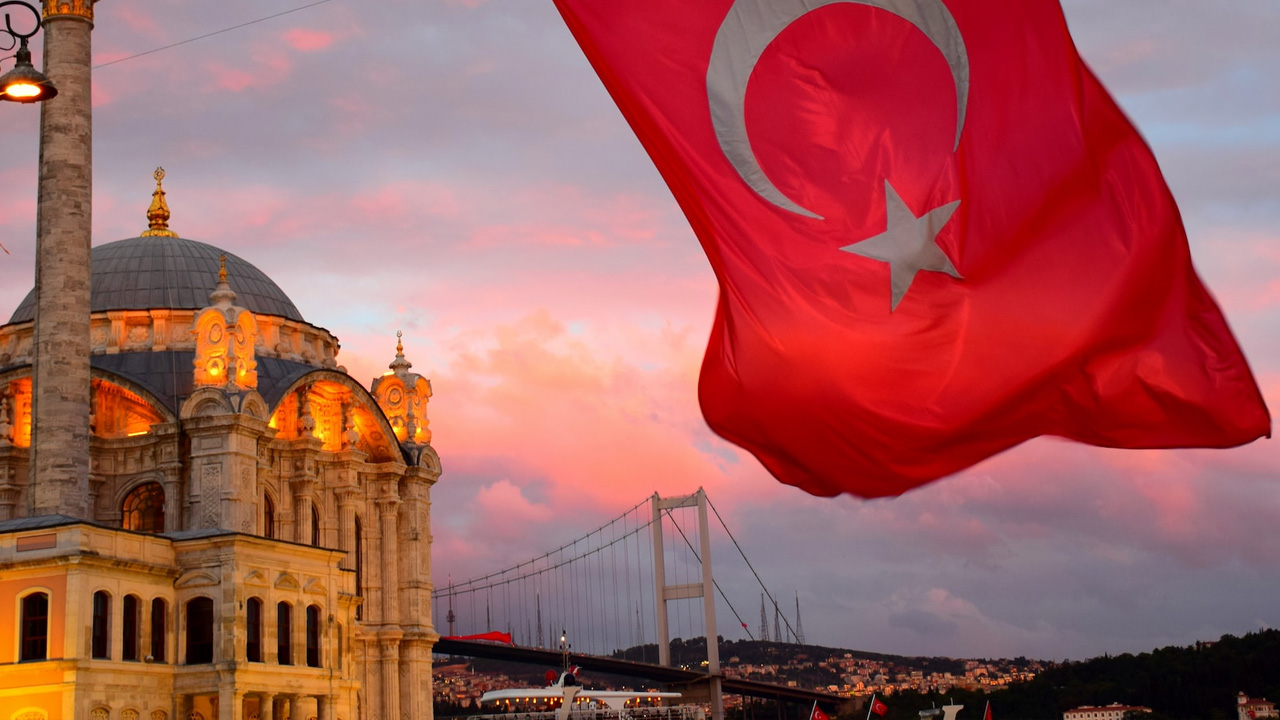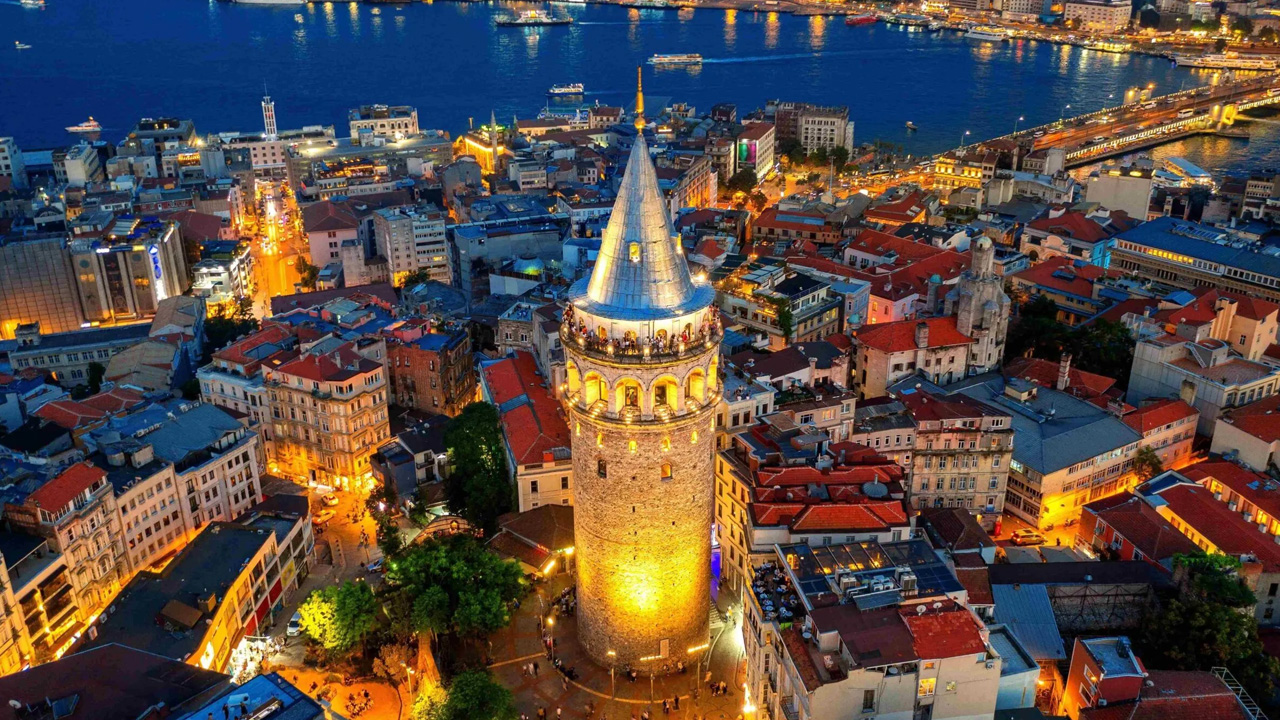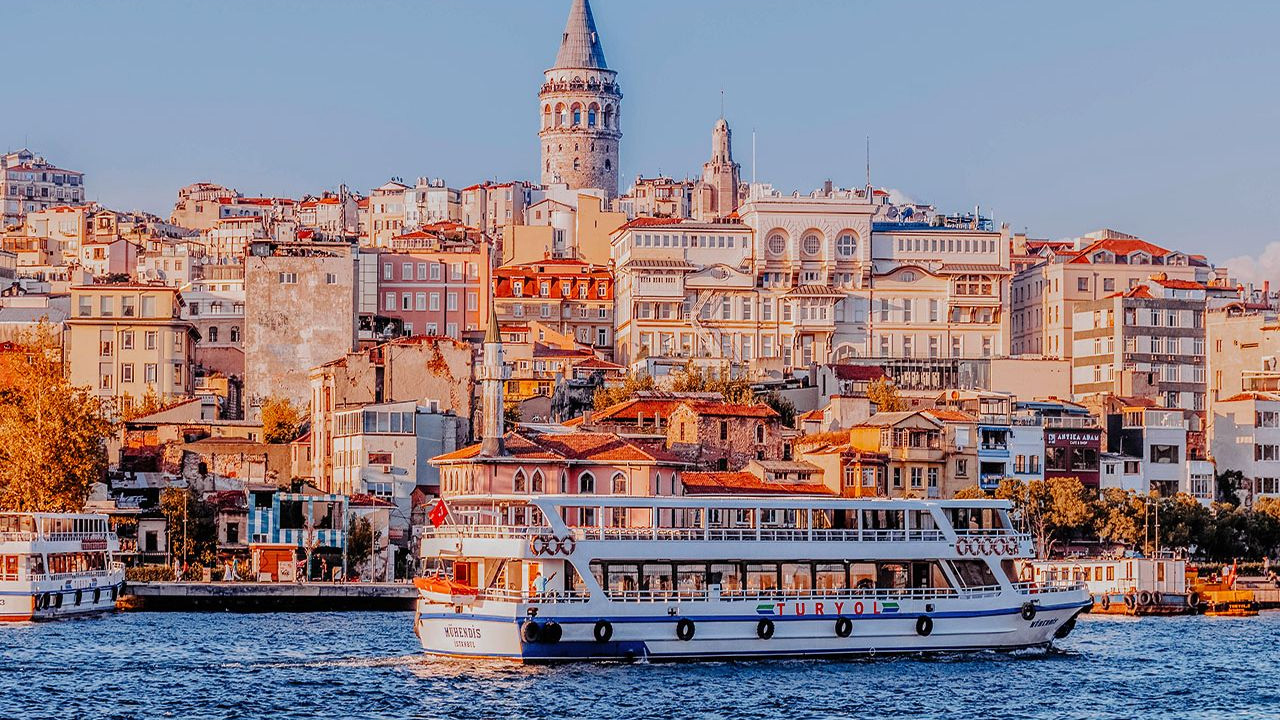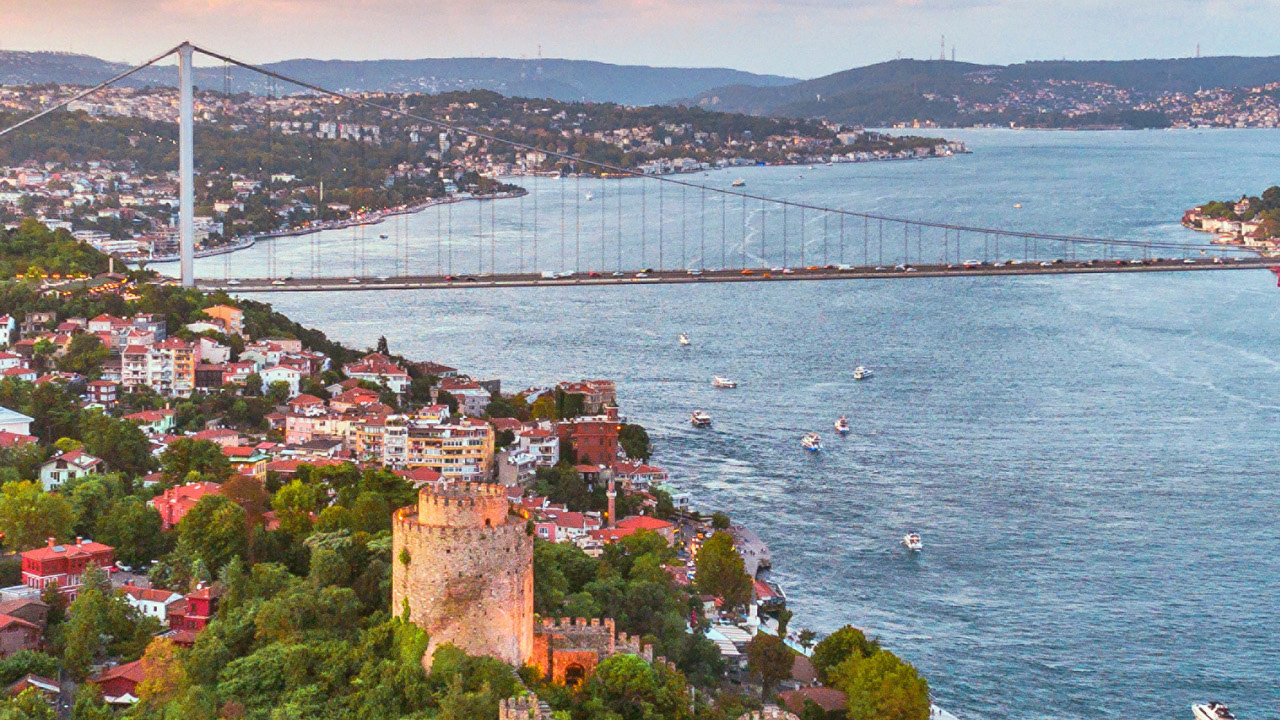Infrastructure and development projects in Turkey seem to have no end, extending beyond the construction of bridges, tunnels, and highways.
Government projects go beyond building and developing infrastructure; they shape Turkey’s future, planning a clear path towards global prominence.
This strengthens its national and strategic security, providing an additional boost to its economy and overall investment in Turkey.
Key and massive infrastructure and development projects in Turkey:
- In a previous article, we discussed the evolution of infrastructure, focusing on roads, bridges, and tunnels.
- Today, we delve into the largest and most extensive projects in terms of capabilities, costs, ideas, and execution.
- The Turkish government initiated a series of colossal projects approximately 10 years ago, ranging from completed and inaugurated phases to projects still under construction.
- Among the most prominent projects are:
1- Istanbul New Airport (İstanbul Uluslararası Havalimanı):
- The first phase of Istanbul New Airport was inaugurated on October 29, 2018, coinciding with the 95th anniversary of the founding of the Turkish Republic.
- The ceremony was attended by official representatives and the Turkish people, notably President Recep Tayyip Erdoğan.
- The airport aims to be one of the world’s largest in terms of passenger and annual user capacity upon the completion of all its phases.
- The first international flight from Istanbul New Airport took off in April 2019.
- following the transfer of all scheduled flights from Atatürk International Airport before its permanent closure.
- Istanbul International Airport is located in the central and northern part of the European side of Istanbul, specifically in the Arnavutköy area near the shores of the Black Sea.
- This area was chosen over the closed Atatürk Airport area due to its seismic safety.
- In a short period, Istanbul International Airport managed to operate 1,229 daily flights to 309 international destinations, earning it the sixth position globally according to the 2023 “Skytrax” ranking.
- In 2022, Istanbul International Airport served 95 million passengers, and its full capacity will reach 200 million passengers annually when all phases are completed.
- The airport comprises five passenger arrival halls with 143 passenger bridges, six runways, a control tower, and a parking lot for 40,000 cars.
- It also includes 16 aircraft taxiways and an aircraft parking area for 500 planes simultaneously upon complete construction.
- Additionally, there are technological, monitoring, passport control, baggage handling, duty.
- free market, restaurants, cafes, a hotel, a metro station, an airport museum, ATMs from various local and international banks.
- car rental services, and other facilities for the convenience and comfort of travelers.
- The construction of Istanbul International Airport is divided into four stages, some of which are completed, while others are still under construction.
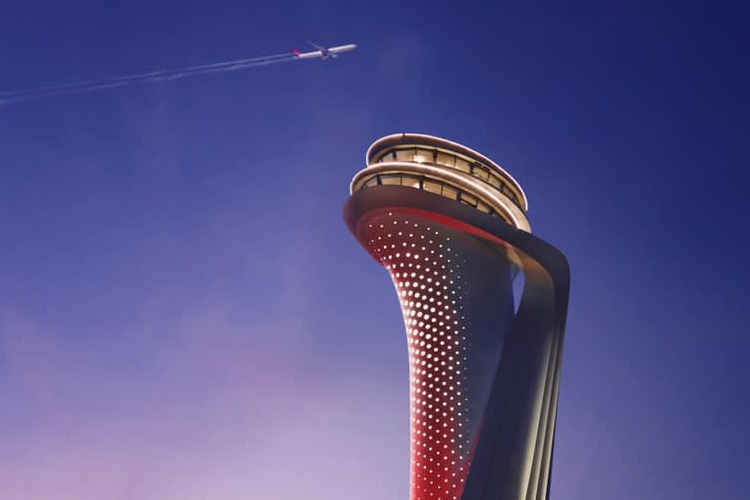
The first stage:
- involved building the main airport, its opening for use, constructing a control tower, two runways, eight parallel aircraft taxiways.
- three technical business areas, 88 passenger bridges, and a capacity for 90 million passengers annually.
- This stage also included the inauguration and utilization of the main terminal building with an area of 170,000 square meters.
- Phase Two: Adding two additional runways and an extra taxiway to the airport, which have been completed and put into operation.
- Phase Three: Adding a new passenger hall overlooking the sea, covering an area of 500,000 square meters with a capacity of 30 million passengers annually. This phase includes the addition of a landing runway, a parallel aircraft taxiway, and an aircraft parking area (this phase is under construction).
Phase Four:
- The final phase involves building a new passenger hall covering an area of 340,000 square meters with a capacity of 30 million passengers annually.
- It also includes the construction of a new landing runway (this phase is under construction).
- The first part of the Istanbul International Airport metro has been inaugurated, connecting the airport to various centers in Istanbul through the M11 metro line.
- The first branch connects the city center’s Taksim Square to Istanbul International Airport and is currently operational.
- The second part is still under construction and aims to connect the southwest region of Istanbul to the international airport through metro branches, expanding the reach to broader areas within the city.
Istanbul Waterway Canal (Istanbul Su Kanalı):
- The Istanbul Waterway Canal project aims to alleviate the burden on the Bosphorus Strait by creating a water passage similar to a second Bosphorus for Istanbul.
- This passage facilitates the navigation of commercial ships carrying goods and hazardous materials between Europe and Africa and vice versa, utilizing the waters of the Bosphorus.
- Currently, the Bosphorus Strait handles about 43,000 commercial ships annually, with ship traffic increasing from 4,000 to approximately 45,000 per year.
- The narrowest section, measuring 698 meters in width, poses significant pressure on the historical and touristy Bosphorus.
- This led the Turkish government to consider alternatives.
- The route of the Istanbul Waterway Canal runs between the Marmara Sea to the south of Istanbul and the Black Sea to the north, passing through the Kucukcekmece Lake.
- The canal is 45 km long, with a base width of 275 meters and a depth of 20.75 meters. According to government estimates.
- the project’s cost reaches $25 billion. Fifty-six Turkish institutions conducted studies on soil and infrastructure, supervised by over 200 geologists.

The preparations for the establishment of the Istanbul Waterway Canal project occurred in several stages:
First Stage (November 27, 2011):
- Turkish President Recep Tayyip Erdogan announced the project.
Second Stage (2011-2013):
- Route assessment studies were conducted in collaboration with Turkish and international universities.
Fourth Stage (2013-2014):
- Preparation of studies and research on drilling, the route, and the construction of the initial path based on geological, biological, and technical data.
Fifth Stage (2014-2017):
- Initial studies of the project, coordination during regular meetings with all relevant institutions.
- planning along the canal’s path and defining the roadmap for the project through experiments with artificial waterways worldwide.
- identifying additional drilling sites, slopes, sea, and lake environments, and adding geophysical grids.
Sixth Stage (2017-2019):
- Laboratory studies and environmental impact assessment.
Seventh Stage (June 2021):
- Laying the foundation for the construction of 10 bridges connecting the shores of the Istanbul Waterway Canal.
Eighth Stage (June 2022):
- Commencement of excavation and digging of the canal’s course.
According to official statements, the canal is set to open officially and commence the operation of the first commercial ships in the year 2027.
What’s The Relation of Giant Development Projects to the Economy and Investment in Turkey?
- The continuous commitment of successive Turkish governments over approximately 23 years.
- until today, to initiate and develop more government development projects, including airports, financial centers, and water channels.
- serves as a robust driver to enhance the Turkish economy.
- This is achieved by advancing the country’s infrastructure, which acts as a catalyst for industrial and commercial activities that support the local economy.
- All these efforts ultimately contribute to the interest in investing in Turkey and attracting more investors.
- This is done by strengthening their vision and encouraging them to propose economic projects parallel to the Turkish government’s initiatives.
- particularly in the areas surrounding development projects.
- Moreover, infrastructure projects in Turkey lead to an increase in the investment value of cities, regions, and lands in their vicinity. Consequently.
- this sustains the upward trajectory of Turkish real estate prices in the future and medium term, casting a positive impact on the reality of real estate investment in Turkey and further developing this vital sector.
 العربية
العربية